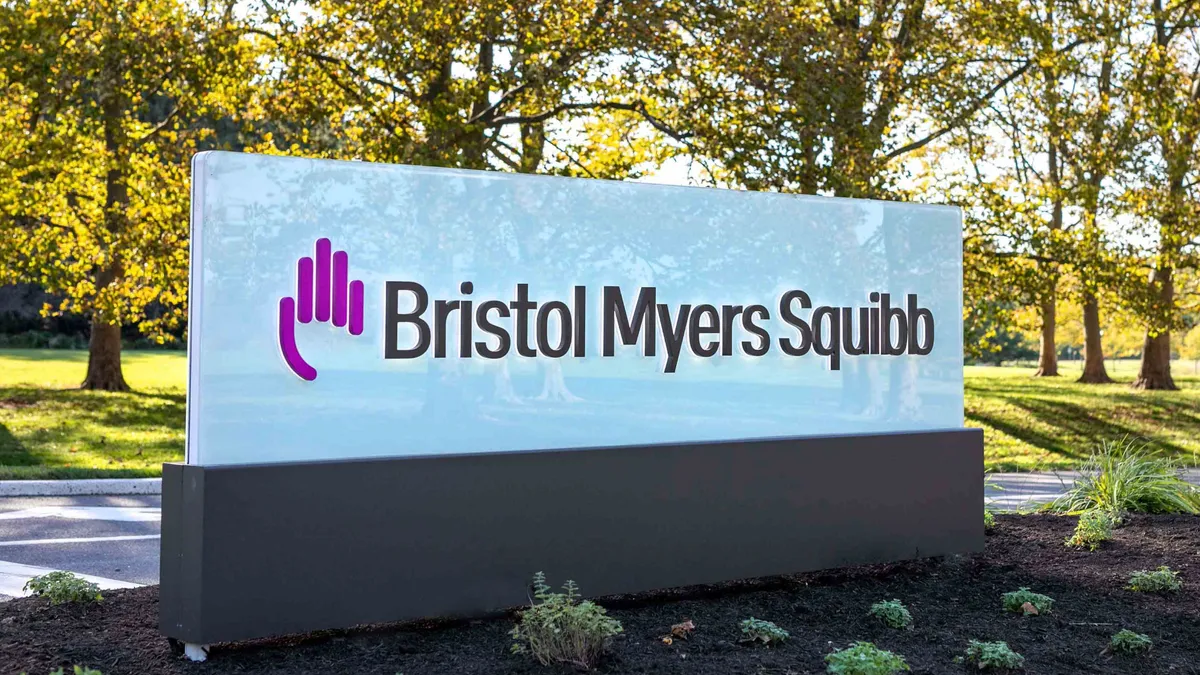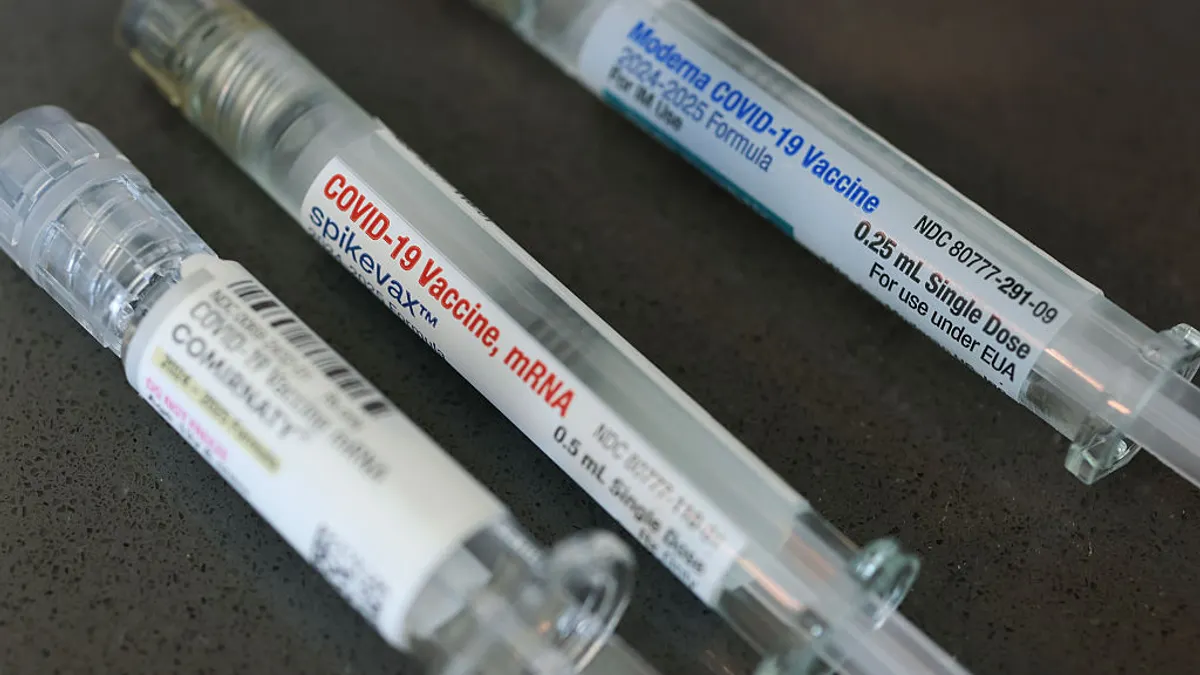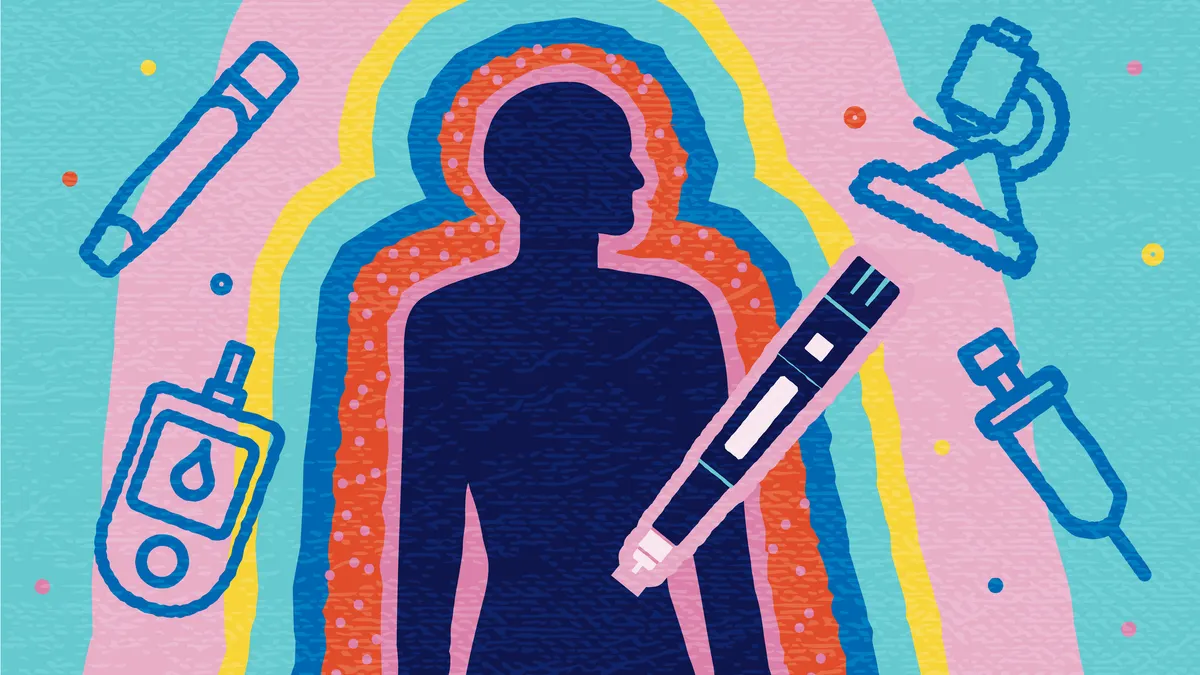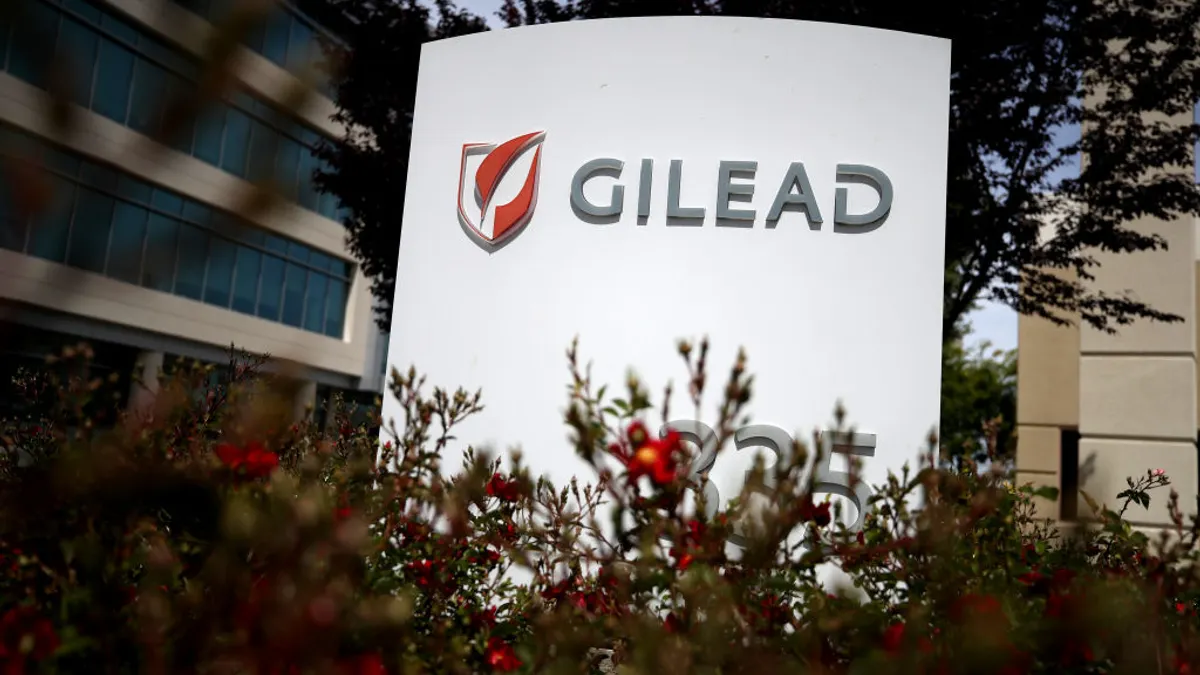The promise of AI and machine learning-driven drug discovery has fueled excitement and investment in pharma for years.
Now Bristol Myers Squibb is leveraging those technologies in an approach that not only conceptualizes and creates potential molecules, but validates and forecasts certain endpoints well before clinical trials.

“We don't go into the lab and make things unless we have a good idea of what the forecast looks like,” said Mike Ellis, senior vice president and head of Bristol Myers Squibb’s Discovery & Development Sciences organization. “What are we excited about? What do we think we can learn from this molecule? What may be the concerns that we need to clarify in the laboratory experimentally?”
Ellis is spearheading BMS’ AI efforts, which include developing and implementing proprietary AI/ML tools that can predict both success and potential stumbling blocks before molecules are synthesized, such as “safety liability that could pop up later,” Ellis said.
All of BMS’ “predict first”-enabled small molecule programs now use AI to evaluate properties like efficacy prior to synthesis, a significant leap from just 5% in 2021. BMS is applying a similar approach to nearly half of its large molecule experiments as well.
Optimizing R&D has always been a priority but has become more pressing in the industry. Looming patent cliff losses are set to trigger billions in revenue losses for a number of pharma giants including BMS, which is losing exclusivity for moneymakers like Revlimid, Pomalyst and Sprycel in the coming years.
“We are enriching what we actually go and make and how we study it based on prediction.”

Mike Ellis
SVP, head, Discovery & Development Sciences, BMS
Those patent losses, along with increased R&D belt-tightening, are prompting companies to use AI to speed and de-risk the clinical development process. Pfizer just expanded its deal with AI firm XtalPi to develop accurate predictive tools for small molecules. Meanwhile, Amgen CEO Bob Bradway recently noted that the company is leveraging AI and machine learning “to choose the right molecules more quickly and bypass the empirical trial and error process.”
Chemistry meets computation
Ellis served as executive director of chemistry for Celgene until BMS acquired the company in 2019. Before that, he was part of the medicinal chemistry team at Merck & Co. A chemist by training, he’s always “dabbled” with computational tools, including in his graduate work and post-doctoral fellowship, he said.
“From the first time I joined a medicinal chemistry team within the pharmaceutical industry, we were sitting around a table talking about programs with computational scientists in the room, bringing their perspective,” he said. “It spoke to the shift in mindset for the lab experimentalist, and was reflective of some of the ways we changed even our team composition … [to] increase our number of computational scientists within the team [and] the ratio of computational scientists to lab experimentalists.”
Now, he believes the industry — and BMS — is at “an inflection point” for the power of those tools.
‘Choose your own adventure’
There are always going to be multiple solutions to the same problem, and likewise, “multiple molecules that one could get to that could be safe and effective,” Ellis said. The predict-first model allows BMS to increase the probability of advancing the most promising molecules by using AI to guide early decisions before committing resources to lab testing.
While this approach is still like searching for a “needle in a haystack,” it makes the pile of hay a bit smaller by moving away from a funnel-based screening approach and moving toward a “choose your own adventure,” he said, allowing scientists to more precisely prioritize what molecules to make and how to test them based on AI-guided predictions.
“We are enriching what we actually go and make and how we study it based on prediction,” Ellis said. “So rather than potentially redundant or incremental differences between molecules, we're trying to strategically approach what we go in the lab and make [and] what data we generate on those molecules so that it can inform the next cycle as effectively as possible.”
Among the predict-first programs in the company’s pipeline is an effort to find CELMoD agents for sickle cell disease.
BMS is already studying CELMoD agents that target protein degradation to treat multiple myeloma and non-Hodgkin lymphoma, and the company presented positive data for those programs in June.
Although BMS knew it wanted to target protein degradation for sickle cell disease, Ellis said the company hit a “plateau” as it worked toward identifying a clinical candidate.
“We have many parameters that we’re going after in parallel. And often … you pull on one thread of those parameters and the other one breaks,” he said. “You can kind of get to all the pieces that you want in a molecule, except it’s spread across five different molecules … How do we marry things all together?”
That’s when the company “started to bring more computational scientists, as well as models and tools” into the program. Within weeks, they’d crossed the months-long plateau.
“As we started to apply prediction across what we saw as the most important parameters in a composite, computationally we started to move in directions that were different than where we had been before,” he said. “We were able to quickly get us into a better space where ultimately we were able to build each of those parameters into a single molecule as the ultimate goal.”
Ellis called BMS’ commitment to computational tools a “cultural evolution” in everything from determining which molecules move into the lab and how the company structures its teams, to embracing “hybrid intelligence” that marries human and computational skills for “enriching the quality of ideas and accelerating the decision making on programs.”
“What we've appreciated and been proud of is the cultural progression and adoption that we've seen,” he said. “I think it's going to be increasingly embedded in what we do.”




















